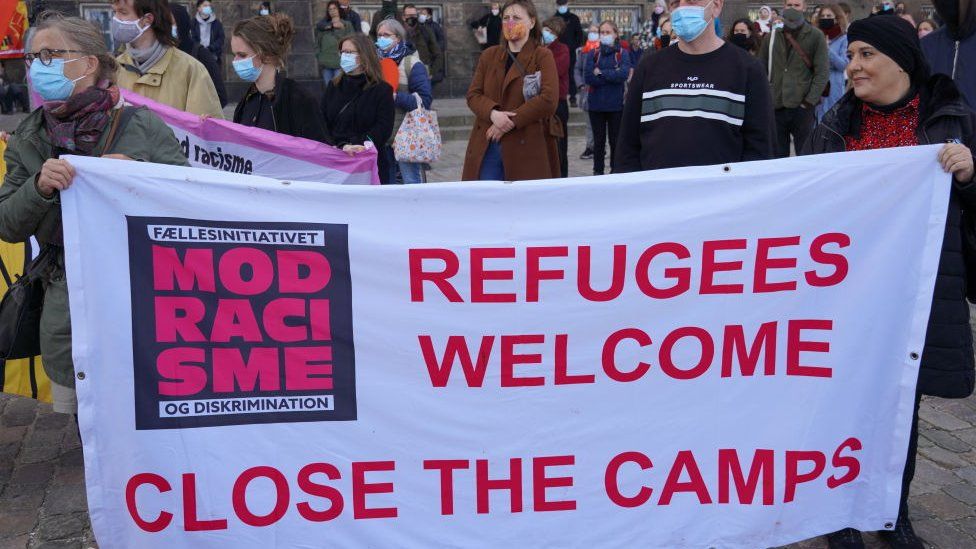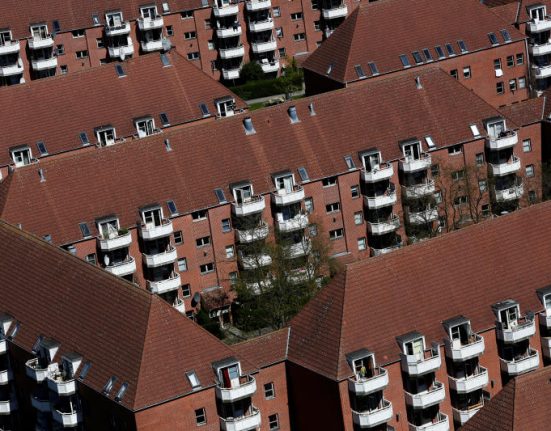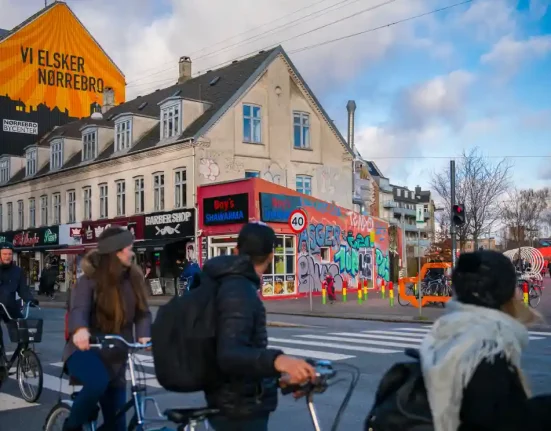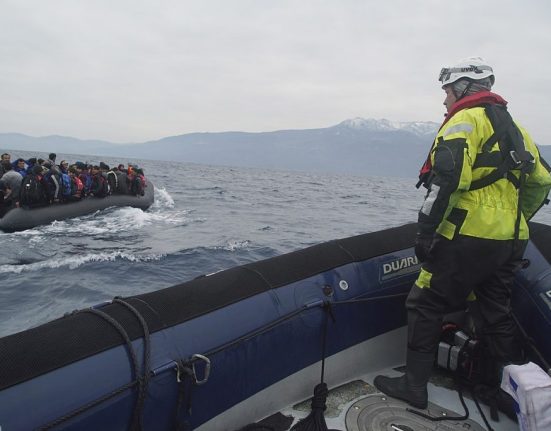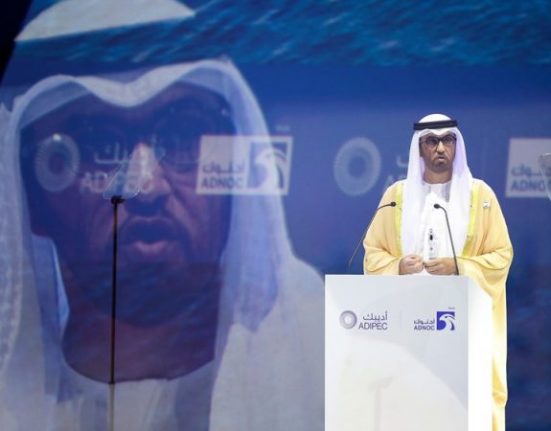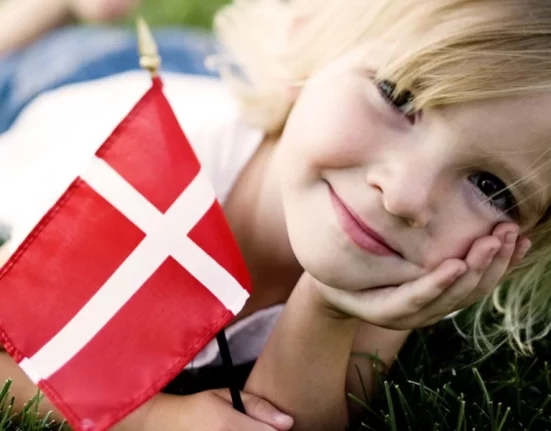Another law, allowing Denmark to deport asylum seekers outside of Europe while their claims are processed, is the latest in a series of unusual and severe moves aimed against workers by an administration that goes well beyond those adopted by other European states and the European Union (EU).
Haven seekers would be transported to a distant third world country under the new law proposed by Social Democratic head of state Mette Frederiksen. Denmark’s parliament, the Folketing, quickly passed it with a vote of 70 to 24.
One option appears to be Rwanda, which agreed to a conciliatory arrangement with Denmark in March, prompting speculation expects to open a refuge handling facility. More Radical Government Policies In 1951, Denmark was fast to join and ratify the United Nations (UN) Refugee Convention, which included the principle of “non-refoulement,” which said that evacuees should not be returned to a country where they would face serious threats.
However, a number of Danish government officials are abusing this rule and discussing modifying the show. The growing influence of the extreme right in Danish politics finally led to an internal split among the Social Democrats over immigration.
As the number of people seeking refuge in Denmark increased – mainly from Syria – Lars Lkke Rasmussen’s centre-right administration proposed steps to make applying for sanctuary in Denmark less enticing. The party leadership opted for a new points-based system to tighten family reunification regulations, causing several party members to quit. In 2016, the Folketing passed rules restricting Syrian displaced people’s access to family reunification for up to three years, as well as an ‘adornments law,’ under which exiles’ assets were taken to pay for their visit.
Then, in 2018, the government went to great measures to focus on ‘non-Western people’ in disadvantaged areas, such as more severe sanctions for infractions committed within or near a ‘ghetto,’ a phrase originally included in the rule but has since been withdrawn. After Frederiksen took over as party leader from Helle Thorning-Schmidt in 2015, the Social Democrats’ stance on immigration got considerably tougher.
In 2018, while still in opposition, Frederiksen proposed reform of Denmark’s refugee system, which included establishing receiving centres outside of Europe. ‘In the future, migrants will not be able to seek asylum in Denmark,’ she proclaimed and was elected Prime Minister in 2019 on this platform. Surprisingly, the policies of the Frederiksen government are now even more extreme than those of the Danish centre-right.
It says that its efforts to dissuade asylum seekers are ‘humanitarian’ since they prevent individuals from making the dangerous trek over the Mediterranean Sea to reach Europe and weaken traffickers who prey on desperate and vulnerable people.
In actuality, asylum seekers frequently re-migrate and turn to human smuggling networks to assist them in reaching other European nations. However, the Danish government cannot legitimately claim to be following a “humanitarian” approach when it has said that it intends to end all refugee petitions.
As much as it discourages possible asylum seekers, the Frederiksen government delivers a message to Danish voters. Its initiatives show that far-right and centre-right parties in Europe are no longer the only ones trying to sway disgruntled people by instilling fear of immigration. In order to outflank the right, more and more centre-left parties are willing to do so, regardless of the implications for asylum seekers and immigrants.


